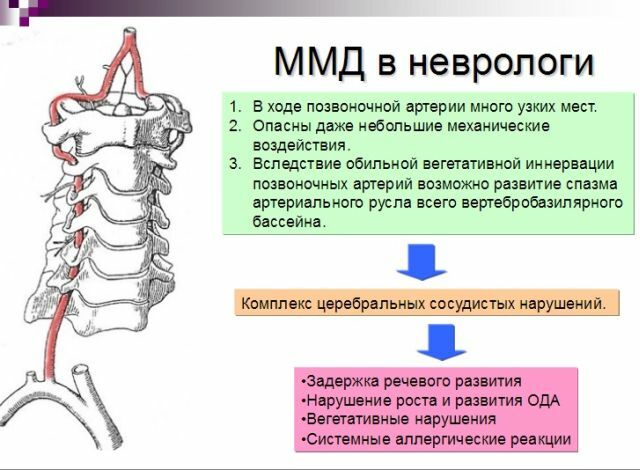 The vegetative state( some doctors also use the term apallic syndrome) is a long-term, non-sleep-related condition in which the patient is disoriented and areactive, often occurs after exiting the coma.
The vegetative state( some doctors also use the term apallic syndrome) is a long-term, non-sleep-related condition in which the patient is disoriented and areactive, often occurs after exiting the coma.
The condition is caused by extensive dysfunction in the work of the brain, its hemispheres, while the intermediate brain and its trunk are able to provide reflexes - vegetative and motor with alternating phases of sleep and wakefulness.
With this condition, all complex reflexes will be stored in the body - eye movement, yawning, instinctive and involuntary movements, as a reaction to pain and irritation, but the very consciousness and understanding of oneself, of everything around them, is lost.
Clinical picture in this condition:
- the patient lacks consciousness and understanding of himself, his environment;
- biorhythms of sleep and wakefulness are preserved, biological differentiation and transition from one state to another, the eyes can open spontaneously or this may be a response to stimulation;
- the patient does not respond adequately to the stimulant - visual, audible or tactile, he is not able to respond to a command or request, uttering articulate, coherent words;
- voluntary, conscious movements are not present - only reflexive, physico-motor gestures that manifest themselves in the form of twitching of hands or feet, heads, spontaneous movement of the lips;
- , the cardiorespiratory function and the incontinence of natural processes - double incontinence of faeces and urine - are noted and preserved in the patient.
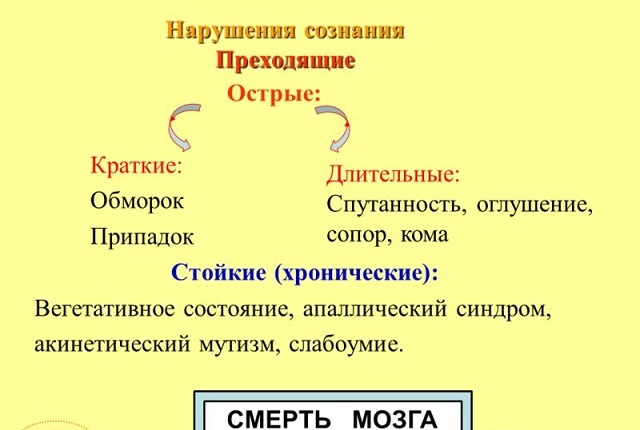
Etiology and causes of the condition
The vegetative state in a person develops due to the brain hemisphere, which can develop due to trauma, infection or be toxic, develop after ischemia.
If the root cause of the vegetative state is ischemia - cardiac arrest or stroke and the brain does not receive oxygen for more than 6 minutes, then the most irreversible changes take place, resulting in a pathological condition.
The primary causes of vegetative development may be as follows:
- patient's head trauma;
- acute form of cerebral blood flow disorder - stroke;
- severe form of intoxication, poisoning by chemical or organic compounds;
- anesthesia, when performing surgery and applying general anesthesia;
- infections affecting the brain, for example encephalitis;
- brain damage due to a malfunction in the blood flow and oxygen starvation.
General clinic
Vegetativik looks like this: 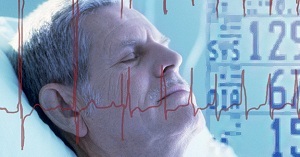
- the patient has no consciousness and awareness, no any speech activity manifests itself;
- the patient lacks a purposeful manifestation of reaction to speech and circulation, pain or other stimulus;
- eyeballs in the patient are not marked by a targeted movement, although the eyes may open spontaneously, and the eyes will not focus on a particular subject;
- the patient has incontinence urine and feces.
Forms of violation
Given how long a pathology develops, the vegetative state of a patient with a medical person is conventionally divided into such forms:
- persistent - the term of being in the state of "vegetable" in this case is less than one month and doctors usually give positive predictions, there is a probabilitythat the patient will be able to return to normal life;
- permanent - in this case, the vegetative state lasts more than a month and the forecasts in this case are disappointing, - the hopes for a complete or partial restoration of the organism are raised by doctors in question.
Most often, the first form of the disorder becomes permanent after a 3-month period after the non-traumatic nature of brain damage or a year after the head injury.
Forecasts and odds
When speaking about the predictions when diagnosing a vegetative state, most often it all depends on how long the pathological change in the patient's body lasts. So, speaking about the recovery and exit from the vegetative state, after a 3-month period after the traumatic nature of brain and brain damage and a 12-month period after the injury - the forecasts in this case are disappointing and the way out of it, if it happens, is extremely rare.
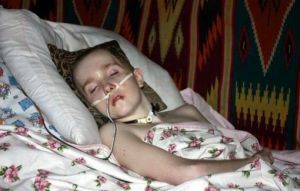 According to medical statistics, the improvement in a patient can be diagnosed in a later period. For example, in 3 out of 100 cases, improvement can be diagnosed after 5 years - the ability to communicate is restored, but here it is impossible to return to the previous standard of living.
According to medical statistics, the improvement in a patient can be diagnosed in a later period. For example, in 3 out of 100 cases, improvement can be diagnosed after 5 years - the ability to communicate is restored, but here it is impossible to return to the previous standard of living.
More than half of patients with this diagnosis die during the six-year period due to infection of the lungs, urinary system, if multi-organ failure is diagnosed, and due to other unidentified factors.
In other cases, a patient in a vegetative state can live for several years or dozens of years - the duration of his life depends directly on how well they take care of a person, whether preventive measures are taken, and very laborious.
The patient will have to turn over regularly to avoid bedsores, hygiene procedures, sanitation of the lungs are necessary. If all this is not done - the lethal outcome comes from concomitant complications, most often infectious theology.
What modern medicine offers
Before putting the diagnosis itself and talking about how to treat a patient - the main thing is to conduct a full and comprehensive examination. Diagnostics provides for such items of research:
- Collection of a history of the pathology and its analysis of - first the doctor examines and analyzes what event took place before the development of the vegetative state, anesthesia, coma or trauma, and also whether there is now or notat the person of a psychic deviation and pathological changes of the psyche. Regarding the last point - many patients with mental disorders are able to mimic a vegetative disorder.
- Conducting a neurological examination and examination of .At this stage of diagnosis, the doctor assesses the level of
 of the patient's consciousness, checks his reflexes, for which the brain stem carries responsibility-this is respiration and motor functions. Also, by examining the pathological reflexes of Babinsky, Gordon, and others, he diagnoses the degree of damage to the cerebral hemispheres.
of the patient's consciousness, checks his reflexes, for which the brain stem carries responsibility-this is respiration and motor functions. Also, by examining the pathological reflexes of Babinsky, Gordon, and others, he diagnoses the degree of damage to the cerebral hemispheres. - The examination with the help of MRI or computer tomography allows from inside to study the state of the brain, to identify the foci and extent of the lesion, depletion of the gray matter of the cerebral cortex.
- Electroencephalography - the research technique allows to evaluate the electrical activity of certain areas, the right or left hemisphere of the brain, which can under certain conditions, the course of a disease, change.
- If necessary, is shown for examination and consultation with the resuscitator and neurosurgeons .
Diagnosis treatment vegetative state provides a comprehensive approach. Therapeutic therapy is aimed at removing the patient from the vegetative state - but this is most often possible only in the early stages of the course of the destructive processes. If time is lost, then to withdraw the patient from this state is impossible or if it succeeds, then the brain damage will be irreversible.
The medical course itself presupposes the patient receiving such medicines:
- nootropic drugs and vitamin complexes;
- drugs that improve the overall condition of blood vessels and normalize blood flow;
- course of reception of neuroprotectors.
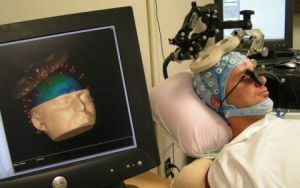 Along with taking medications, the patient is prescribed a course of physiotherapy and massage, preventive measures to prevent bedsores and necrosis of tissues.
Along with taking medications, the patient is prescribed a course of physiotherapy and massage, preventive measures to prevent bedsores and necrosis of tissues.
Along with these classical methods of treatment, modern medicine also carries out other measures aimed at removing the patient from the vegetative state. These procedures are:
- transcranial stimulation with the help of magnetic waves;
- stimulation by electricity, aimed at restoring visual and auditory, tactile and gustatory senses;
- course of complex stimulation.
The presented methods have a positive dynamics in treatment, but they have no side effect, therefore they can be prescribed in especially severe cases.

